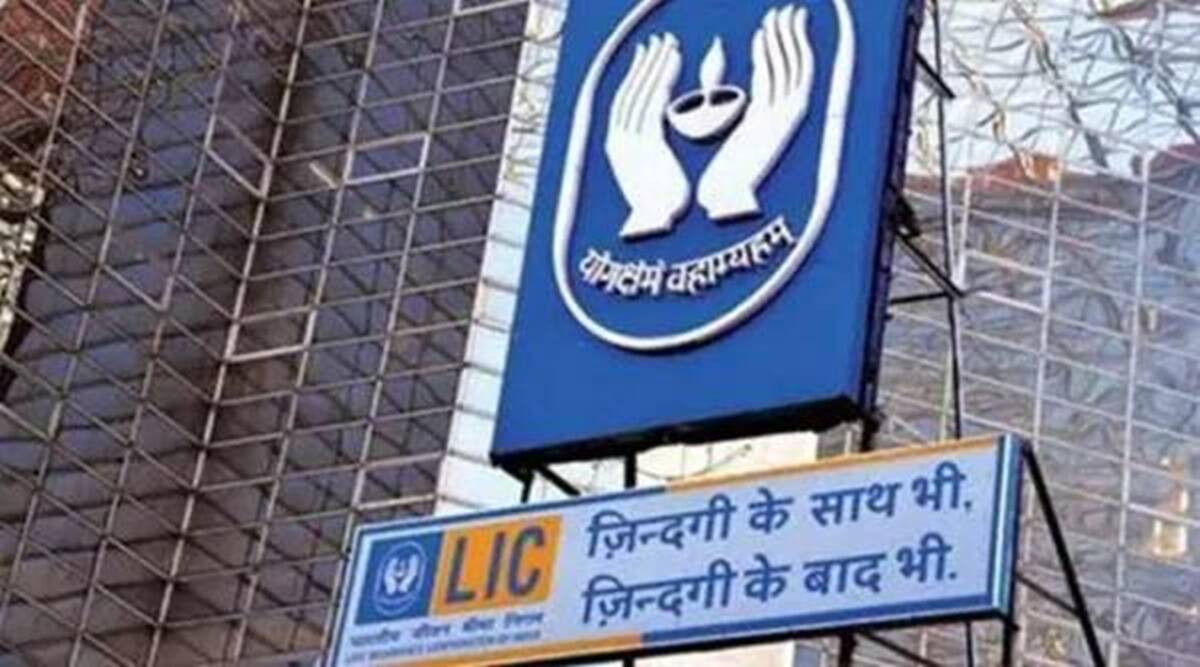The ongoing financial year will be a rather singular one for the disinvestment story, with two big tickets having seen the light of the day. This will be a good booster for the government as it embarks on its journey to divest its stake in other companies too. One thing that is certain is that in another five years the structure of PSUs is likely to be different with only those of national importance remaining with the government.
The LIC flip-flop — will it occur or not — had riddled the markets for the last three months. But the fact that markets are down today is significant and probably not expected. The sudden focus on what the US Federal Reserve will do now is driving the markets down. Normally, good news on the US economy should be applauded by the markets. But this time, it means that interest rates will be increased, which implies that foreign investment flows will ebb to emerging markets and this, in turn, will affect the external account. Add to this the Ukraine crisis. A wobbly stock market is normally not the best time for new issuances in the market, especially of the size of LIC.
The government is determined to complete this disinvestment and the budget speech has stated this intent. With the Draft Red Herring Prospectus (DRHP) being filed, it is only a matter of time before the offer for sale (OFS) will be floated. Doing it with the Sensex below 58,000 is quite different when the markets are above 60,000. But, clearly, this is not a consideration. The intrinsic value of the company is just too good and should challenge conventional thinking. The questions that are now being raised pertain to the pricing of the issue. Merchant bankers will have to ensure that there has to be enough left for the investors to look forward to in terms of gains once they buy these shares.
The other important issue that will keep coming up is whether the LIC disinvestment will be a habit or a one-time affair. This is important because as the percentage of disinvestment increases, the free-float will increase, which will add buoyancy to the scrip price. On the other hand, if it is kept low, interest may be limited with time. Also, investors will be looking to see if the government eventually goes below the 50 per cent mark because there would be heightened interest if this is indicated. Finally, with this issue, the composition of the shareholders would be interesting as some of the other large insurance players can take some interest in LIC.
The only apprehension in the market today is public appetite. As this comes right at the end of the year when there has been a tidal wave of IPOs, which were of great investor interest, will there be enough funds left for LIC considering that for all practical purposes, it is a PSU? Besides, the upside to a LIC stock will be steady and not volatile, unlike the start-ups that have either made investors millionaires or bankrupted them with equal probability. Maybe this is a reason why a smaller than targeted number of shares may be offered.
An implication of this IPO, though not spoken of much, is that once listed, the company has to be run more on commercial lines. LIC has always been known to be the investor of last resort, intervening in the market to minimise volatility. It has also been proactive in ensuring that several disinvestment plans of the government fructify by becoming the buyer. This will not be easy in the future as investors will be looking closely at all such investments when evaluating the company.
The other victory for the government has been Air India where everyone seems happy. The government is glad to have the airline off its hands, given that it was adding losses of around Rs 20-26 crore a day. Hence, any deal was better than no deal. It can also take credit for finding a formula that worked for divesting completely a company that was hard to run or give up. Thus, these two endeavours can serve as templates to be followed for companies that fall in either of these categories — fully government-owned and heavy loss-making units.
It is often stated that the government is not in the business of doing business and hence should be out of PSUs. The genesis of the concept of PSUs was when socialistic ideals were pursued and it was felt that the government had to be everywhere. The objectives of employment and price control were met by having these undertakings. There are winds of change in the thinking today where the government would not like to carry the baggage from the past. Besides, pricing has been left open to market forces and even products like petrol and diesel are driven by the market. There is hence less reason for the government to be involved. On the other hand, it may be argued that once the government is fully out, it may mean losing control over a sector where there could be cut-throat market tactics that could militate against the consumer.
As we have embarked on this journey of privatisation, it would probably be worth considering earmarking such funds for either capex or capital infusion into enterprises that require such help. Money is fungible and one never knows how the money earned is spent as it all enters a pool. It may be time to keep disinvestment proceeds outside the budget so that there is better targeting and evaluation of such funds. A thought worth pursuing.
The writer is Chief Economist, Bank of Baroda and author of Hits & Misses: The Indian Banking Story. Views are personal
For more information call us at 9891563359.
We are a group of best insurance advisors in Delhi. We are experts in LIC and have received number of awards.
If you are near Delhi or Rohini or Pitampura Contact Us Here

